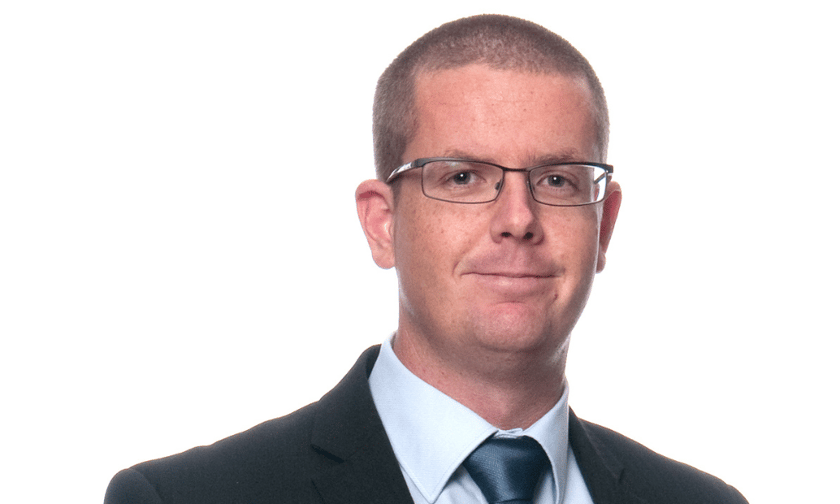

Remote investing has accelerated for the third consecutive year despite the easing of COVID-19 restrictions – a new research finding that could spell bad news for some of Australia’s tightest rental markets.
Mike Mortlock (pictured above), managing director of MCG Quantity Surveyors, said the company’s latest analysis of client data revealed that the average distance between where landlords live and where they invest reached 857 kilometres for the year to February 2023 – that’s up from 559km in the year to November 2021, and 294km in the pre-pandemic period to January 2020.
“There was a possibility once lockdowns restrictions eased, the re-introduction of in-person inspections could have seen investors choosing assets closer to home,” Mortlock said. “Instead, the opposite has happened. Investors have embraced remote investing and are now entirely comfortable with securing property assets in the best possible markets regardless of location.”
He said this should be worrying for rental markets where anti-landlord legislation has been enforced, such as in Brisbane, where the rental vacancy was around 1%.
“Our tightest rental markets are suffering from a severe shortage of rental property supply, but much of that is due to politics rather than market forces,” Mortlock said.
“Remote buying lets investors vote with their dollars when it comes to legislative changes in the tenancy space. Expect those jurisdictions which introduce anti-landlord/pro-tenant/high-tax legislation to feel the sting of even further reduced investor participation.
“Our data indicates these regions should be looking to entice more investment from right across the nation, not discourage it through anti-investor rhetoric and ongoing restrictions that favour tenants over landlords.”
Several factors drive the growth in remote investing.
“Some of our most promising markets are located away from the east coast capitals,” Mortlock said. “For instance, Perth has seen a substantive uptick in investor participation. Price is a factor as well. Investors are drawn to price-accessible options. The average price an investor now pays for a property is $691,045, according to our research. That sort of figure for house investors in particular is more easily achieved outside of the big capital cities. Our widespread acceptance of doing business remotely has had a lot to do with the shift.”
Nowadays, any buyers’ agent, conveyancer, or building inspector in Australia is just a video call away.
“This has opened the entire nation as a market to smart investors,” Mortlock said. “They can concentrate on studying the analytics from home while employing a local professional to do the heavy lifting.
“Online platforms allow investors to engage with peers and ask market advice or do due diligence on buyer’s agents and advisors too. All of this tells me that while the evolution of investing was already moving toward going remote, the pandemic has accelerated the transition.”
Mortlock is expecting remote investing to continue to gain traction over the long term.
“Investors will continue to grow comfortable with buying remotely and ‘site unseen’ as the calibre and quality of data improves,” he said. “This is particularly so for landlords needing to maximise their cashflow in the face of rising costs.”
Use the comment section below to tell us how you felt about this.
